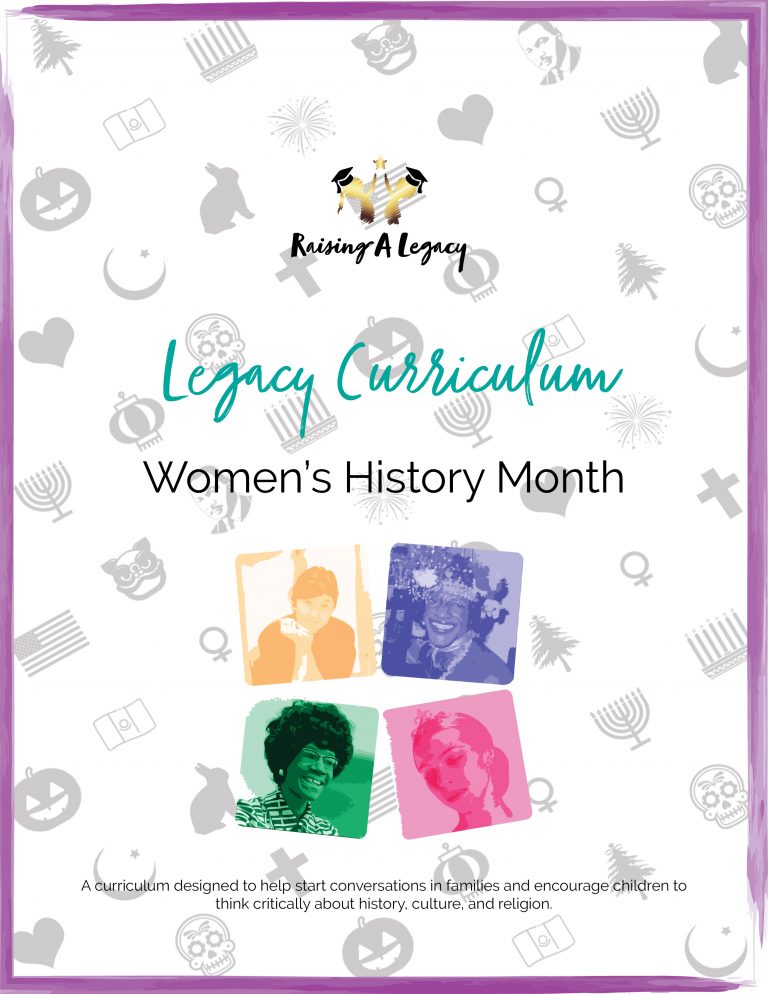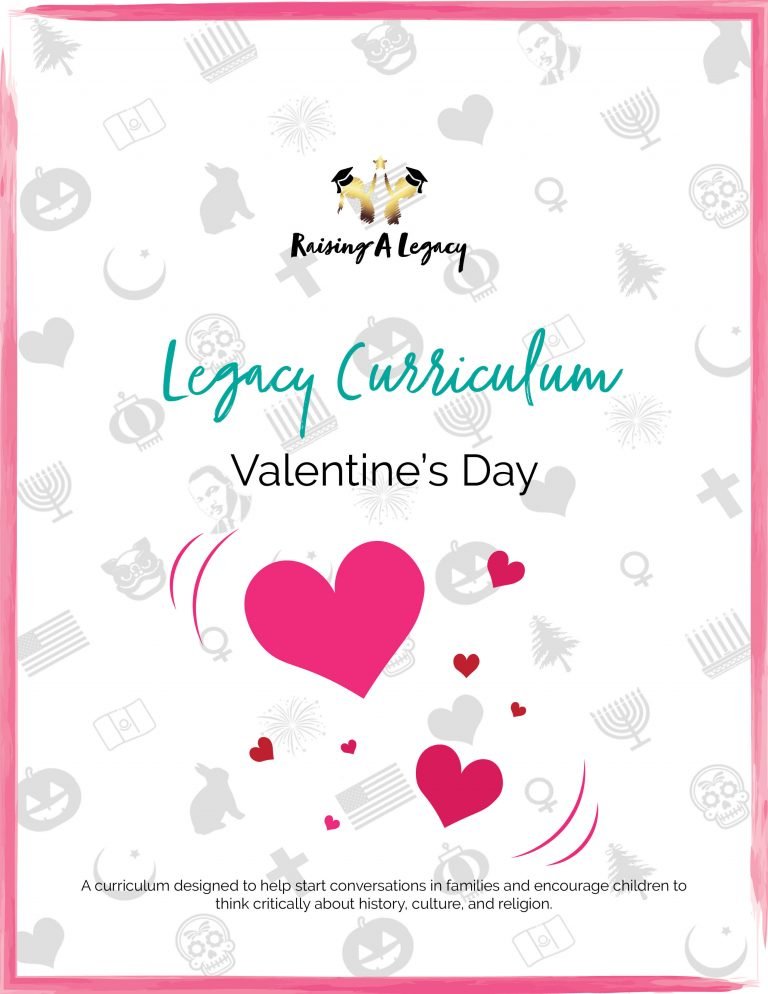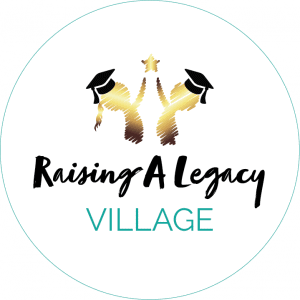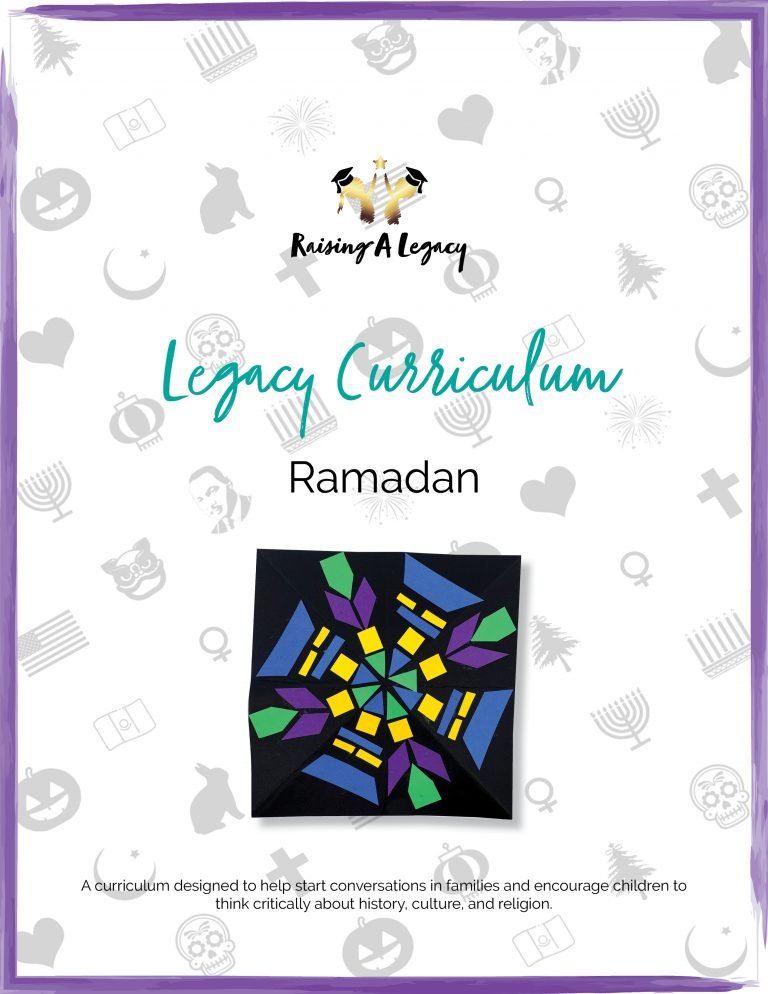
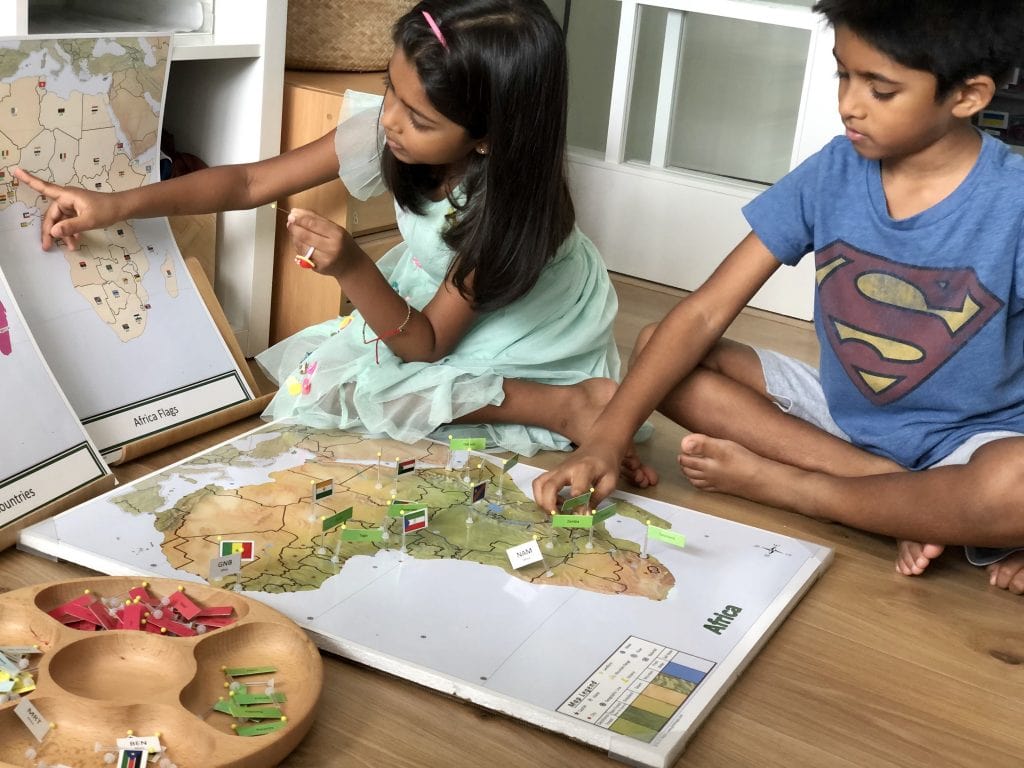
Interview with Aparna from Global Mindful Journey
1. Tell me about yourself and what you are passionate about.

Hi! I’m Aparna and I’m a mum to two wonderful kids aged 5 and 7. I’m proud to call my family and I global citizens. We have lived in India, the UK and Singapore and have traveled extensively around the world. As a Singaporean family, we appreciate the diverse cultures that co-exist harmoniously in this small island nation that we have called home for the last 2 decades.
I am super passionate about teaching children the importance of world cultures and living a sustainable lifestyle so we can appreciate, protect and preserve all that our beautiful planet has to offer to us.
2. Last week, I was looking into adding a country/culture study to our homeschool curriculum, so it was awesome to see all the resources you already had available for this! How do you include world studies in your home?
According to the Montessori education philosophy, children between the ages of 2-6 benefit greatly from activities that strengthen their 5 senses. Using this principle, I plan all our world culture studies around the five senses namely gustatory, olfactory, visual, tactile and auditory to enable my children to learn about the world in a sensory-rich environment. We have also been taking small steps towards living more minimalistically and sustainably and this is reflected in our learning of the world.
We decide which country we want to learn about based on stories we’ve read or a country we’ve traveled to!
My recent blog post talks about I plan these studies: How I Plan World Culture Studies
3. Why is this important to you?
I believe that every child (from a young age) should be raised and taught the values of respect, tolerance and empathy to show not only others but also to our only living planet. This is truly important if we are to raise global citizens who not only have a better understanding of the diverse world we live in but also prepares them to have meaningful interactions in the real world. I believe that by learning about different countries’ cultures we understand how similar-yet-different the people on our planet are.
4. Your children have been traveling since they were babies. How does traveling with young children look like in your family?
We have always brought our kids along for our trips around the world ever since they were little. In fact my oldest was 5 months old when we went on our first vacation to an island in Malaysia after he was born. We have traveled to Vietnam, Cambodia, the U.K., Kenya, India, Hong Kong and Italy with both our kids and cherished every moment!
It is challenging to take long flights, I must be honest but there’s no right time to travel with kids. I recommend starting as early as you can so travel becomes second nature and they know what to expect. I love that there’s never a dull moment when traveling with children and there’s always a lot more exciting things you can plan when they’re with you.
5. What are some tips you can offer parents in regards to traveling with children?
A BIG tip I give parents who want to travel with their children: plan a holiday with the grandparents. They’re babysitters you trust and are fun to be around. You spend quality time with them and they get to be with their grandchildren too. Win-win!
It’s also helpful to have a travel checklist made months in advance so you don’t forget things like medicine, travel activities and snacks.
6. Low waste living is also something that you specialize in. Can you briefly describe your journey to becoming less wasteful and the reasons behind it?
Two years ago, when my kids were in Kindergarten, I was looking for ways to spend my time with them after school in a meaningful and constructive manner. We love to travel so we began learning about different countries each month (based on their choice from books we read together). To understand how I could learn with them better, I came across an opportunity to be certified as a National Geographic Educator. During the certification process, I read a few articles about marine pollution and our over-dependence of single-use plastic items. I was appalled! Surely we could do better to be kinder to our planet? This led me to research about how to lead a lifestyle that creates less waste and how I could make changes in my family’s lifestyle using more sustainable alternatives. I also felt it was our responsibility as citizens of the earth to preserve and not exhaust our limited and precious resources.
Hence Global Mindful Journey began as a platform to document my family’s learning of the earth, its countries, cultures, animals and their habitats and what we could do to protect and preserve all that our planet has to offer to us.
I hope I can make world culture education exciting and engaging for young children as THEY are our future. THEY are the leaders who can positively address climate change, unrest, war and bring peace on earth. My journey as an educator, parent and global citizen hopes to achieve just that.
7. What are some simple things that families can do right now within their own homes to decrease waste?
The simplest ways one could make sustainable changes in their lifestyle could be: Eating more plant-based meals; supporting environmental causes; helping out in your community; taking public transport to commute; switching to cloth diapers and wipes instead of single-use ones (there are a lot of support groups on FB to help answer queries and concerns); using your own cutlery and container for takeaways; bringing reusable bags for shopping; using existing packaging (from mailers, rice/pasta/flour bags) from around your home to bag and throw your trash; buying second-hand/swapping/borrowing clothes, toys and books on forums like FB groups or FB marketplace; if buying new then choosing local and ethical products; choosing bar soaps/shampoos over liquid versions; purchasing larger boxes of snacks instead of single-serve ones; using handkerchiefs/cloth towels instead of tissue paper/kitchen paper and bringing your reusable water bottle everywhere: these are all different ways to live a more sustainable life. No effort big or small goes unnoticed by mother nature!
8. How do you get your children involved?

In addition to the above, these are the some of the things we do as a family to live more mindfully:
- Bringing my kids to bulk stores and wet markets makes it enjoyable for them as they love to scoop ingredients into our containers! It has become second nature to them to ask for a cone instead of a cup at ice cream parlours, bring our own container and straw for bubble tea (and not have any if we don’t have our containers with us) and refuse plastic bags at supermarkets and stores.
- They don’t ask for toys when we enter a store [I encourage them to window shop which they LOVE to do as they know we can’t bring the whole store back home;) ] but if they love something, we wait for a few weeks, check if its available second-hand, has the potential to be played with for many more years (hence we love open-ended toys like LEGO, magnatiles) and then we purchase it. Our home is very minimalistic. We enjoy the few toys that we have, read a lot and have some art supplies which are so versatile in its use!
- My extended family is very supportive during birthdays and other celebrations. They give my kids experiences over presents and my kids always look forward to those! It could be tickets to watch a play, go to an amusement park or an online art/sewing lesson subscription. We don’t have parties at home so that avoids the unnecessary gifts. But if we do have them in the future, we will humbly request our guests to donate to a charity instead of buying a gift for my child. Party favours can be the edible kind wrapped in paper (I have a blog post on this).
- The kids love picking up litter on their way from school and elsewhere. This is a wonderful way to show love for mother nature and might inspire the community to join in (and remind others to not litter!)
- They know they have to switch off lights/fans when not in use and use water wisely.
- We use recyclables in our art work and reuse printed paper/craft materials multiple times.
These are fun and simple ways that are relatable to a child and can be implemented easily!
9. Thank you so much for your time! To close, can you share your most valuable piece of advice for parents?
I’d love to reassure parents that ‘living sustainably’ looks different to different families. We are all on our own journeys and changes towards leading a more sustainable lifestyle doesn’t happen overnight. I didn’t attempt to reduce ALL my waste in one week or month. It took me a year almost to come to a comfortable routine and rhythm at home after I did a trash audit for a month to see where I could substitute certain items with better alternatives.
Even now, my family and I do not lead a ‘Zero Waste’ lifestyle. I much prefer the term ‘Low Waste’.
‘Zero waste’ is an ideal situation where waste is not sent to a landfill/ocean or incinerated (in Singapore, waste is incinerated and the ashes are sent to our one and only landfill at Semakau). Our current economic systems do not allow one to create zero trash completely (it is thus a linear economy). For a complete zero waste lifestyle, all systems must allow for a circular economy where each and every single item used by a person allows it to be 100% reused, composted or recycled. We are not there yet!
‘Living Sustainably’ encompasses numerous ways to reduce one’s carbon footprint on earth and reducing waste is just one way.
See more from Aparna at www.globalmindfuljourney.com
Follow her @globalmindfuljourney
Subscribe!
Get updates on what’s happening here at RAL.
Curriculum Packets
Find the perfect story and the activities to match.
-
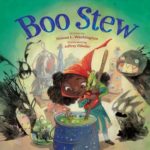 Boo StewDecember 7, 2021/0 Comments
Boo StewDecember 7, 2021/0 Comments -
 WarDecember 7, 2021/
WarDecember 7, 2021/ -
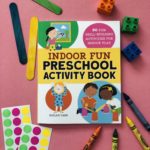 Indoor Fun Preschool Activity BookDecember 7, 2021/
Indoor Fun Preschool Activity BookDecember 7, 2021/
Tags
Categories
- Create
- History Curriculum Reviews
- Learn
- Read
- Black History Month Books
- Book Reviews
- activity book
- asian american and pacific islander
- black history month
- Cancer
- national hispanic heritage month
- Native American Heritage Month
- nurse week
- Picture Books
- Podcasts
- Pride
- Problematic Books
- Science
- Social Studies
- social-emotional learning
- Valentine's Day
- womans history month
- Women's History Month
- young adult
- Christmas Books
- Cinco de Mayo Books
- Halloween Books
- Hanukkah Books
- Juneteenth Books
- Kwanzaa Books
- Thanksgiving Books
- Valentine's Day Books

